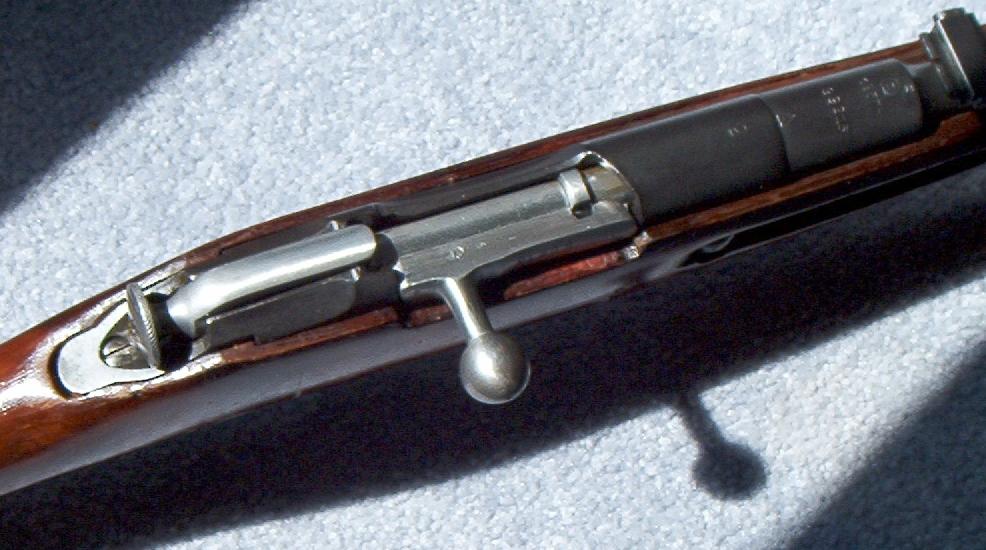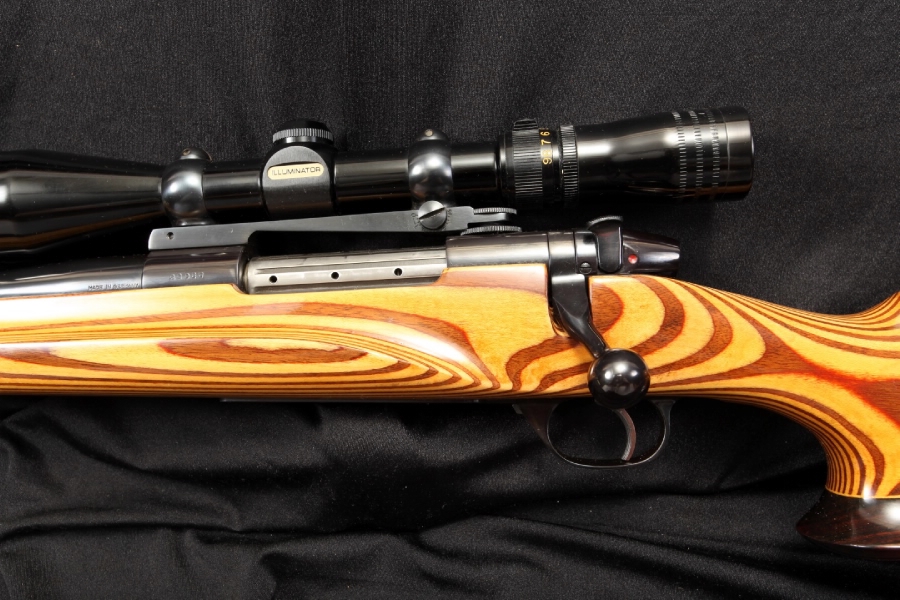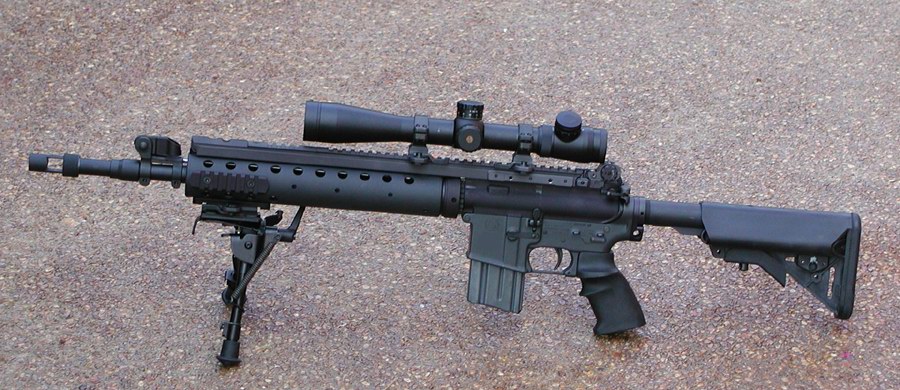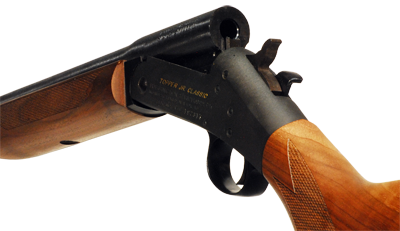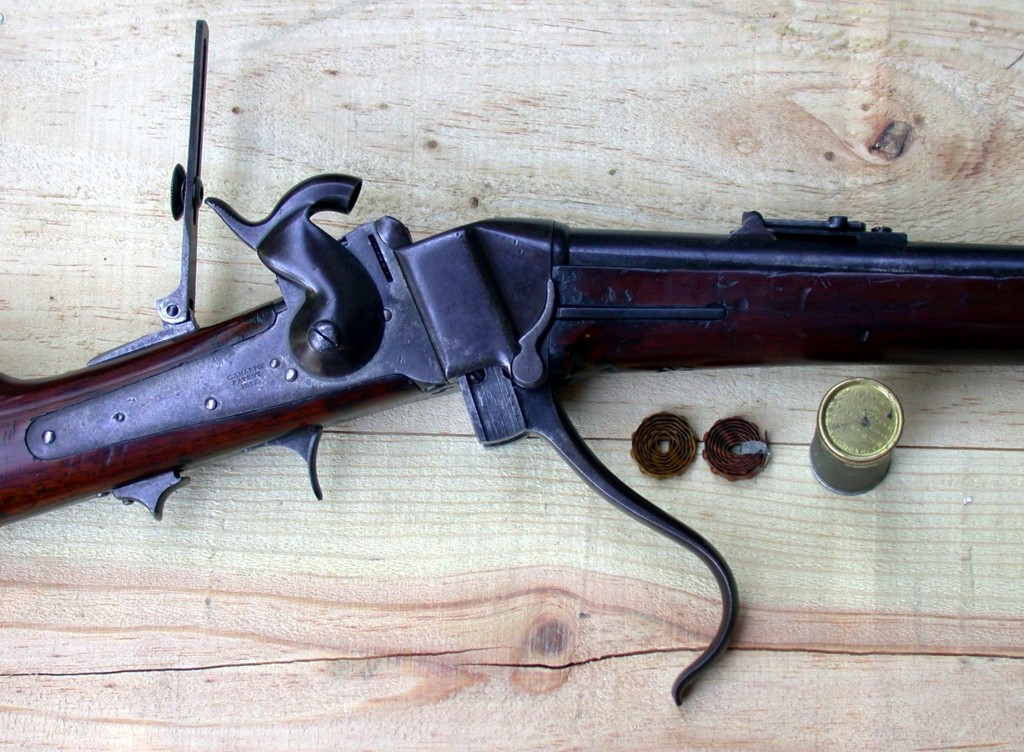ZAUF: Types of Rifles
Earlier in this series, we established the separation of firearms into three very broad categories: rifle, shotgun, and handgun. Each firearm category has its own purpose and role to play in the spectrum of usage. Let’s continue by taking a more granular look at the different types of rifles.
The rifle category is defined by the lands and grooves carved down the interior length of the barrel, as well as the fact that the weapon is meant to be fired from the shoulder. These lands and grooves, called “rifling”, serve to impart a spin upon the projectile as they leave the weapon, making it more accurate at distance with the proper projectiles.
In the broadest sense, the category of rifle is broken down by specific types of actions: e.g. bolt action, lever action, pump action, semi-automatic, and various types of single shot. In the current civilian market, the most popular rifles are generally within either the bolt action or semi-automatic category. Further expanded, rifles are also split up by their purpose, with common categories including hunting, sniping, assault, battle, and other terms entrenched in common parlance. These terms will be further explored in a future ZAUF article.
Bolt action rifles are defined by their action; a manually operated bolt that is opened and closed to cycle a cartridge in and out of the chamber. Bolt action rifles may be loaded with an internal or external magazine, and may come in the form of single shot rifle with no form of additional feeding. Variations of the bolt action operation usually come in the type of handle the bolt uses: left, right, or straight pull. Because of the particular way bolt action rifles operate, along with the greater overall strength of the mechanism, this type of rifle is able to reliably handle much larger and more powerful cartridges than other types of action.
Lever action rifles are defined by the lever, usually wrapped around the trigger guard and grip of the firearm, which is used to cycle the action. This style of action is not as strong as its bolt action counterparts and suffers, generally, from an in-line magazine which runs underneath the barrel. The particular quirk of this type of firearm means that most lever action rifles, unless fed by a box magazine, will only be available in calibers with flat-nosed or round nosed bullet loads in much lower overall strengths. This is because sharper nosed bullets line up in a tube have the unfortunate possibility of accidentally setting off the primer from an adjacent round.
Pump action rifles use a pump to cycle the cartridge through the rifle in the same manner as a pump action shotgun. This type of action generally uses the same under-barrel linear magazine as their lever action brethren, though there are models which utilize a detachable box magazine. This type of action tends to be rarer in the rifle category than it is in the very common pump action shotgun category.
Semi-automatic rifles are defined by their action self-loading the next available round through various means of recycling the energy created by firing a round, as well as by the fact that they fire only a single round every time the trigger is pulled. This is the key that differentiates a semi-automatic rifle from a fully-automatic rifle, as the latter is capable of sustained fire from an ammunition source with only one pull of the trigger. This category of rifle covers a very broad range of firearms available historically, as well as in contemporary production. Earlier historical examples tend to be fed via stripper clip into a fixed internal magazine, while modern production semi-automatic rifles generally opt for a removable box magazine for feeding.
Finally, more niche single shot rifles come in a variety of actions such as break action, falling block, and various types of muzzle loaded rifles. Break action rifles are generally single or dual-shot firearms that are loaded by breaking open the action at the breech (toward the stock) end. Cartridges in break action rifles are loaded and removed by hand with some amount of spring assistance. A falling block action is generally actuated by a lever underneath the action (usually wrapping around the trigger guard), but requires manual action to extract and load any following rounds. Finally, muzzle loaded rifles hearken back to the days of the musket wherein powder, wad, and shot are loaded from the muzzle (business end) of the rifle and jammed back into the breech. Modern black powder muzzle loaders continue to remain popular for hunting.
This provides general overview of the types of rifles in some broad subcategories separated by their action types. There are many more distinctions that are available amongst rifles that will be covered later on.
